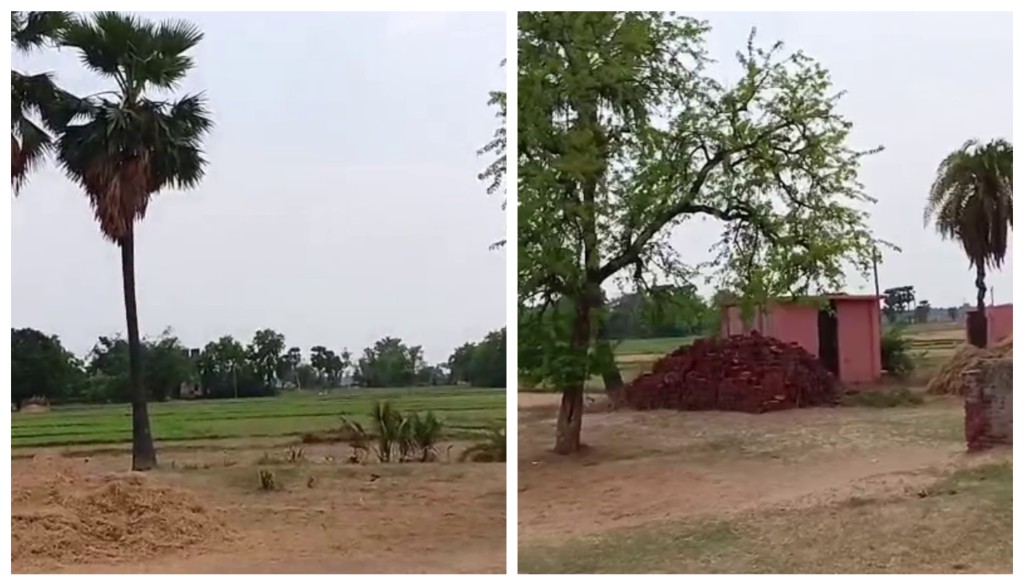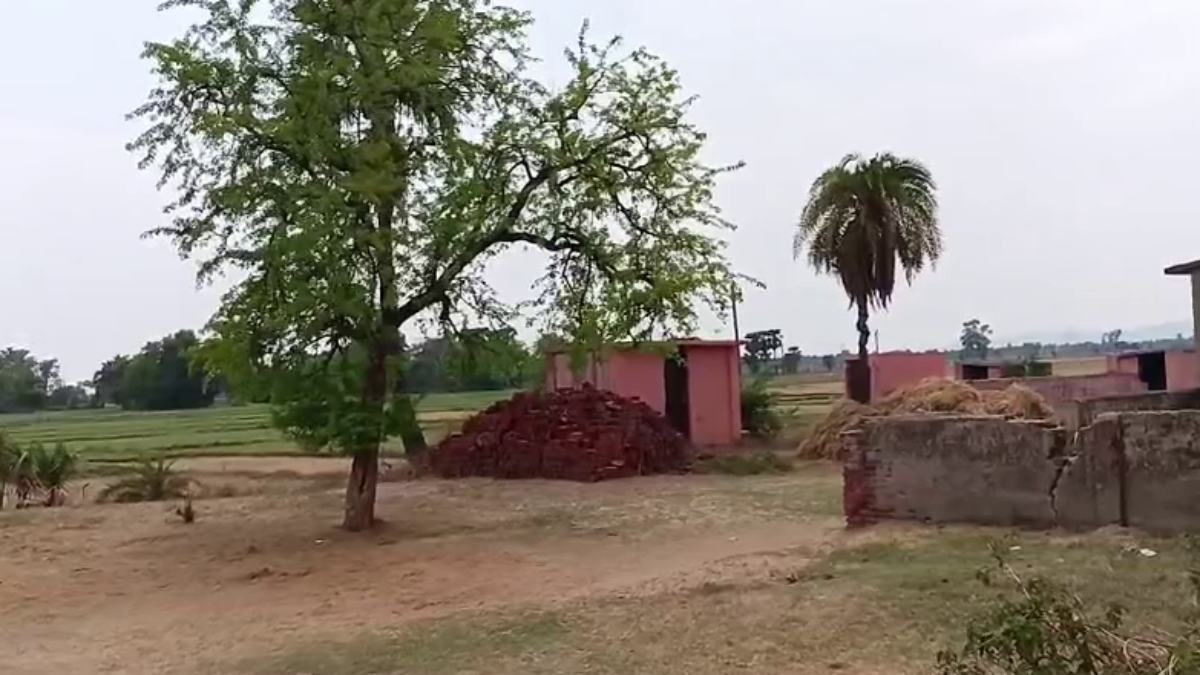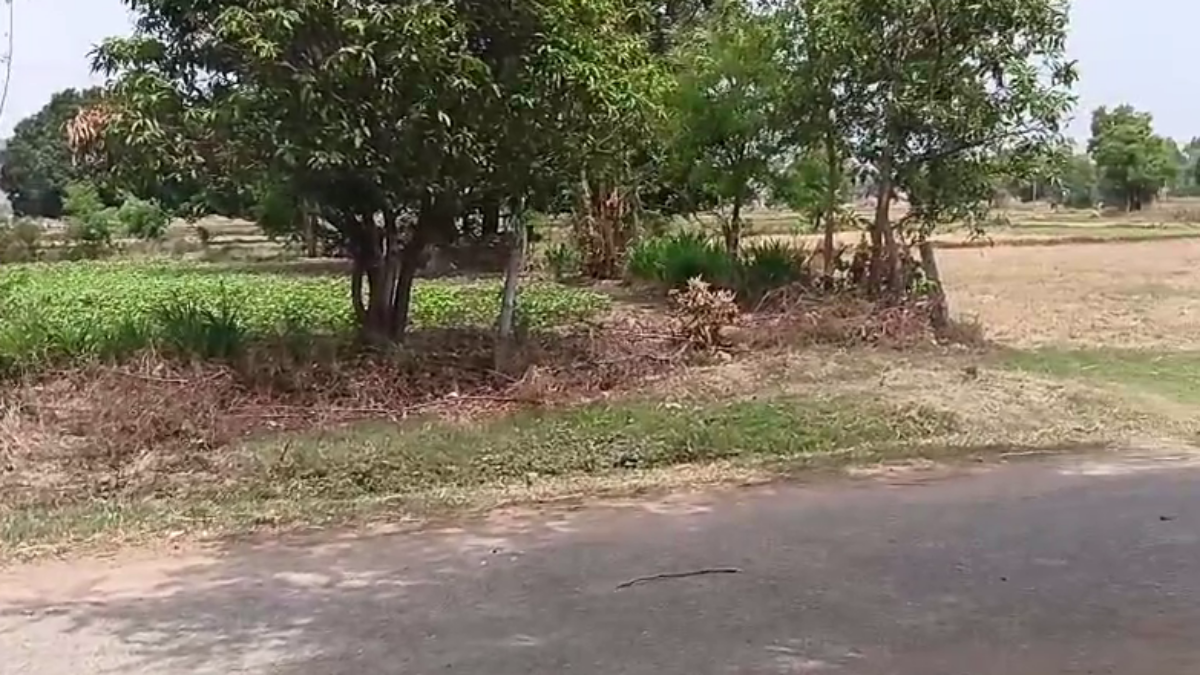
Gayaji: Nestled in the Gayaji district of Bihar, Mahmadpur was once a lively village where families lived in harmony. Today, not a single soul resides here. Instead, the silence is broken only by the cries of eagles and crows that now dominate this eerily deserted settlement.
Referred to by locals as Bechiraagi—a place “without a soul to light even a lamp”—Mahmadpur has become a symbol of rural abandonment. Though it still generates agricultural revenue, the village has no houses, no residents, and no daily life. Fields are farmed by neighbouring villagers, but no one stays.
Mahmadpur, under Deha Panchayat, bears signs of a once-thriving population. Shrines dedicated to Mahadev, Devi, and Gauraiya still stand, hinting at a rich cultural past. A primary school also remains operational, catering to children from nearby villages.
Local oral histories trace the village’s depopulation to an unspecified disaster decades ago—one so unsettling that families, including those from Tatva and Rajput communities, gradually abandoned their homes. The trauma left such a mark that the village has never been repopulated.
“I’ve heard from elders that the disaster created fear so strong, people left one after another,” said Arun Kumar of nearby Deha village. “Some families moved to Gayaji or Aurangabad; others are scattered around the panchayat.”
Despite its desolation, Mahmadpur continues to hold spiritual significance for descendants of its original residents, including families of former MLAs. Religious ceremonies are still conducted here, often by the same local priests who once served the community.
Mintu Marandi, mukhiya representative of Deha Panchayat, said Mahmadpur remains a “revenue village” in government records. “Ninety-nine per cent of people don’t even know Mahmadpur still falls under Deha Panchayat,” he added.
Marandi also called on authorities to consider resettling the area. “Our land records are still in Mahmadpur’s name. But it only exists in documents now.”





